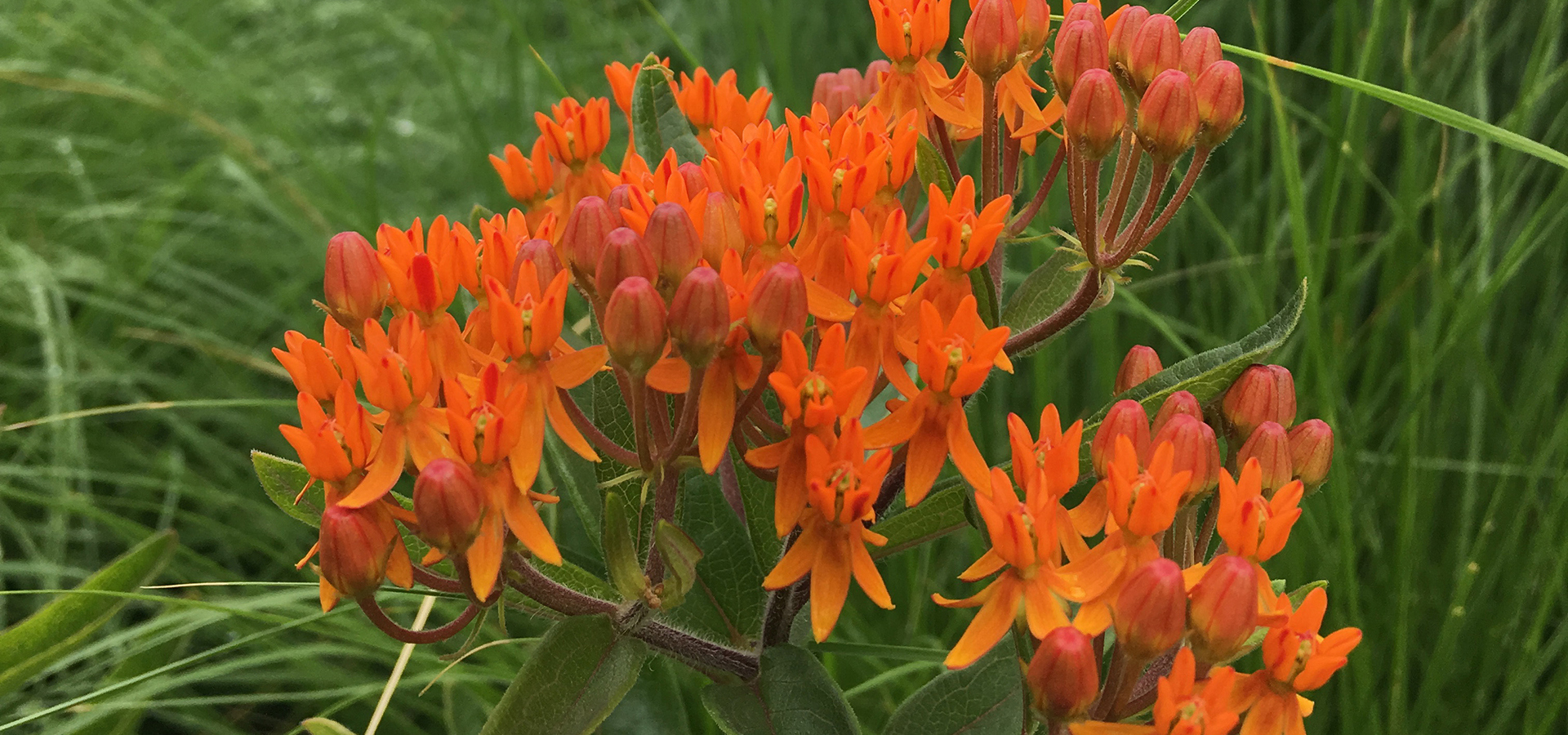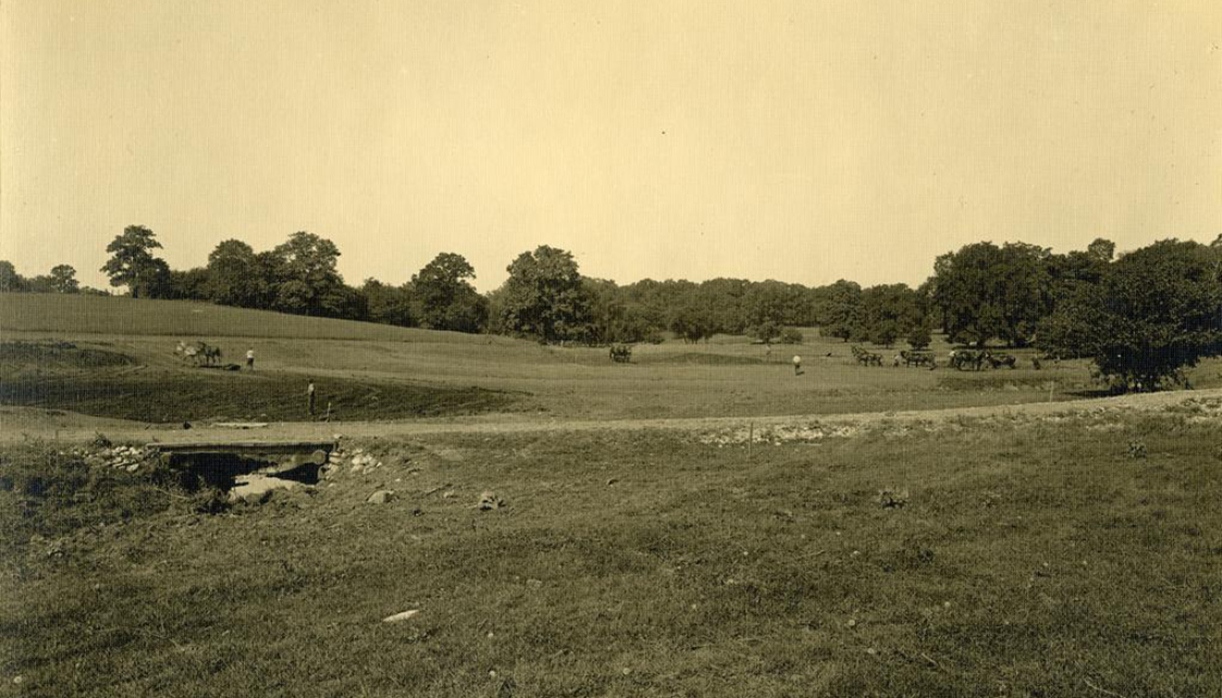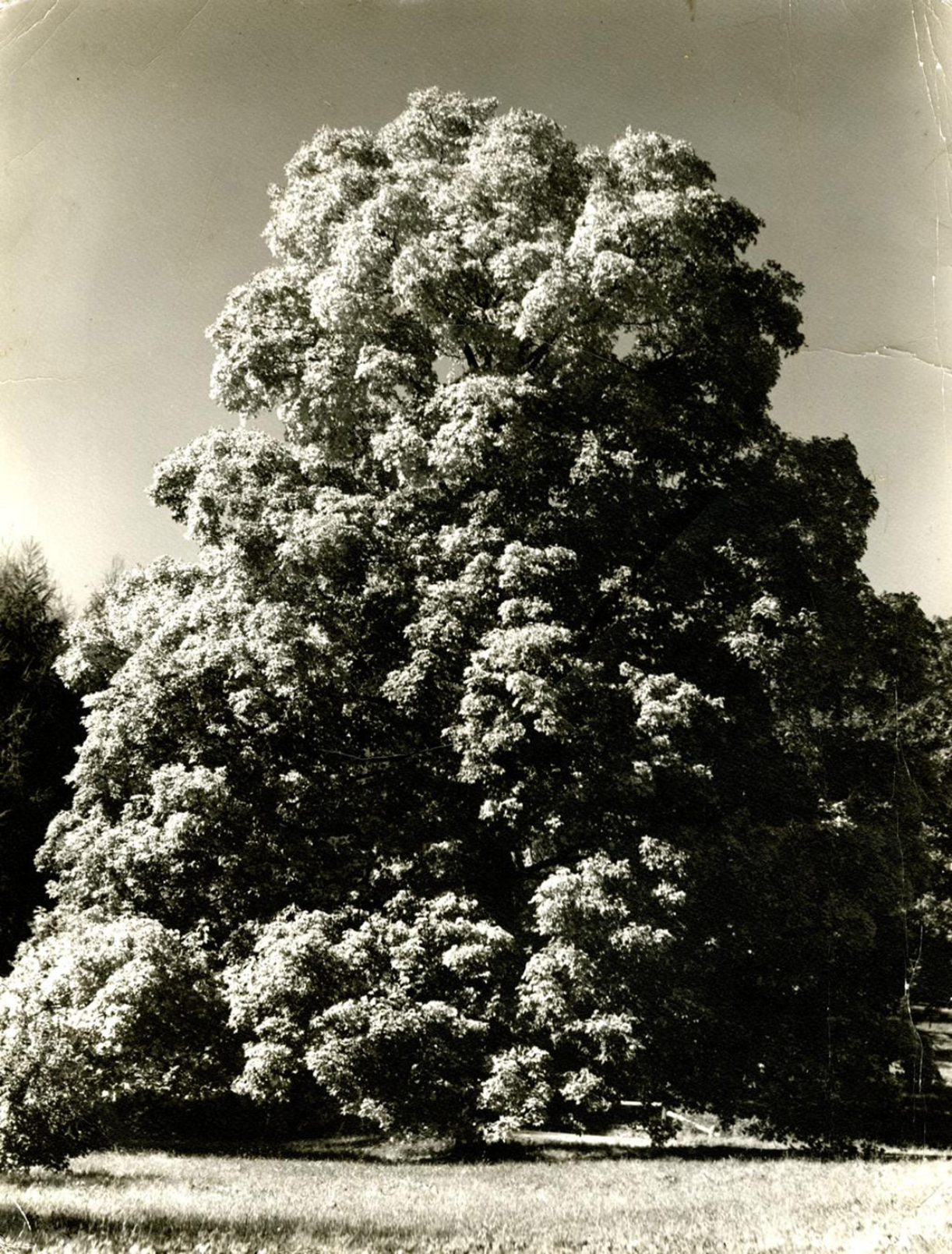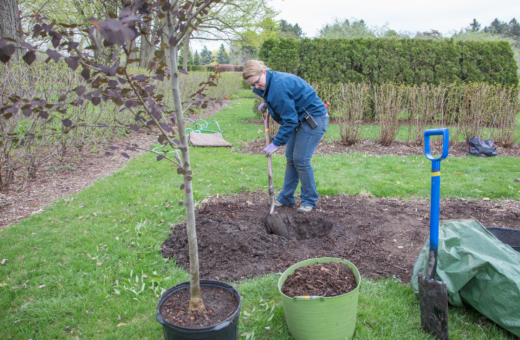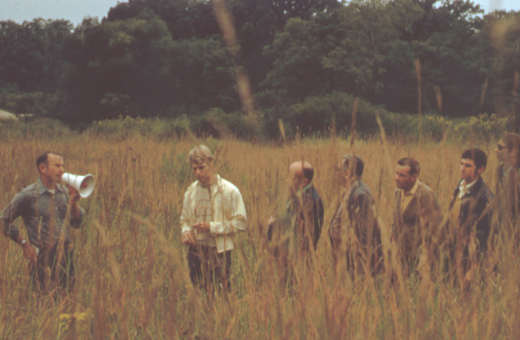An Introduction to Ethnobotany
May 11, 2021
According to the USDA Forest Service, “Ethnobotany is the study of how people of a particular culture and region make use of indigenous (native) plants.” Ethnobotany examines the interrelationship between people and plants from historical and cross-cultural perspectives.
The study of ethnobotany is important because it documents how plants have helped different cultures and societies evolve. For centuries, peoples from around the world have tested and recorded the usefulness of plants. By passing along the knowledge of what worked and did not work, humans have been able to apply new scientific technologies to plants to utilize their full potential.
Indigenous peoples had a profound amount of knowledge of the habitats in which they resided, specifically about plants. As of 1998, in North America (defined here as North America north of Mexico, Hawaii, and Greenland) there are 31,566 kinds of vascular plants. The Indigenous peoples of North America used 2,874 of these species for medicinal purposes, 1,886 for human consumption, 230 as dyes, and 492 as fibers.
Ethnobotany and the Arboretum
Prior to the 1830s, indigenous peoples, specifically the prairie band of the Potawatomi tribe, inhabited what is now part of the Arboretum’s grounds. Because of the simplicity of their tools and structures, the Potawatomi population left minimal evidence of any enduring impact on the landscape of the grounds. Former Arboretum Prairie Ecologist and Curator of Collections, Ray Schulenberg, discusses the Potawatomi’s former presence on the Arboretum’s lands in his article, The Arboretum Landscape – A Sesquicentennial Perspective. In the article, Schulenberg claims that “pioneers tell of Indians camping at Round Meadow, where Lake Marmo is now.”
Knowing that the Potawatomi at one time camped at the Arboretum, let’s examine a couple of the plants and trees they may have used while living here.
The image above is of an Acer saccharum, an indigenous sugar maple specimen over 250 years old, that exists at the Arboretum. The maples were a sacred tree to the Potawatomi. A Potawatomi elder can be quoted saying: “The maple is the chief of trees. We planted it on the reservation to show how things are made.” Maples were used by the Potawatomi to build wigwams, as a source of food, and used for ceremonial purposes (Toupal, 2006).
Another plant used by the Potawatomi that still exists at the Arboretum is the Asclepias tuberosa, or the butterfly weed. This plant is said to be used as a seasoning for food and as heart medicine (Toupal, 2006). To learn more about the butterfly weed and where it’s located on the Arboretum grounds, follow the link here.
Ethnobotany Resources at the Sterling Morton Library
Ethnobotany Resources at the Sterling Morton Library
The Sterling Morton Library has a variety of resources that can help you learn about ethnobotany and how different plants were used by different peoples.
At the Library
Ebooks
*Access the Library’s e-book collection by entering the number on the back of your Sterling Morton Library card.
